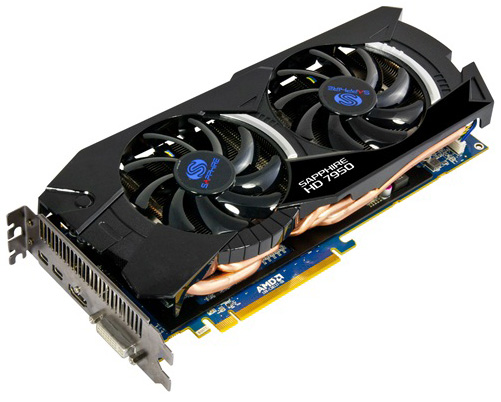
This card is based on the Bonaire architecture, which features 896 stream cores using 2nd Generation GCN technology, an incremental update. On Maanother card, Radeon HD 7790, was introduced in this series. Both cards are equipped with 1 GB GDDR5 memory and manufactured in 28 nm. The Radeon HD 7770 GHz Edition features 640 stream cores based on the GCN architecture, whereas the Radeon HD 7750 has only 512 usable stream cores. Products include the Radeon HD 7770 GHz Edition and Radeon HD 7750.
Amd radeon hd 7000 series driver series#
Radeon HD 7700Ĭodenamed Cape Verde, the Radeon HD 7700 series was released on February 15, 2012. Both cards are equipped with 2GB GDDR5 memory (some 7850s offer 1GB) and manufactured on TSMC’s 28 nm process. The Radeon HD 7870 features 1280 usable stream cores, whereas the Radeon HD 78 usable stream cores. Products include the Radeon HD 7870 and Radeon HD 7850. Radeon HD 7800Ĭodenamed Pitcairn, the Radeon HD 7800 series was formally unveiled on March 5, 2012, with retail availability from March 19, 2012. Additionally, the memory interface is downgraded from 384-bit to 256-bit, along with a memory size reduction from 3 GB to 2 GB. In this case one quarter of the stream processors are disabled, giving 1536 usable cores. The Tahiti GPU is also used in the Radeon HD 7870 XT, released November 19, 2012. Both cards are equipped with 3 GB GDDR5 memory and manufactured on TSMC’s 28 nm process. The cards are the first products to take advantage of AMD‘s new “Graphics Core Next” compute architecture.


The Radeon HD 7970 features 2048 usable stream cores, whereas the Radeon HD 79 usable stream cores, as 256 out of the 2048 cores are disabled during product binning which detects defective areas of a chip. Products include the Radeon 7970 GHz Edition, Radeon HD 7970 and Radeon HD 7950. Radeon HD 7900Ĭodenamed Tahiti, the Radeon HD 7900 series was announced on December 22, 2011. While each bigger die has two additional memory controllers widening its bus by 128 bits, Pitcairn however has the same front-end dual tesselator units as Tahiti giving it similar performance to its larger brethren in DX11 tessellation benchmarks. Tahitihas a maximum ¼ double precision throughput relative to its single precision throughput, while the other two smaller consumer dies can only achieve a 1/16 ratio. While this gives roughly a doubling of single-precision floating point, there is however a significant departure in double-precision compute power. The primary competitor of Southern Islands, Nvidia‘s GeForce 600 Series (also manufactured at TSMC), also shipped during Q1 2012, largely due to the immaturity of the 28 nm process.Ģ8 nm product line is divided in three dies ( Tahiti, Pitcairn, and Cape Verde), each one roughly double in shader units compared to its small brethren (32, 20, and respectively 10 GCN compute units). AMD builds Southern Islands series graphics chips based on the 28 nm manufacturing process at TSMC. AMD Radeon HD 7000 1 GB 64-Bit GDDR3 Directx 11 Graphics Card based on “Southern Islands”, is further products series in the family of Radeon GPUs developed by AMD.


 0 kommentar(er)
0 kommentar(er)
